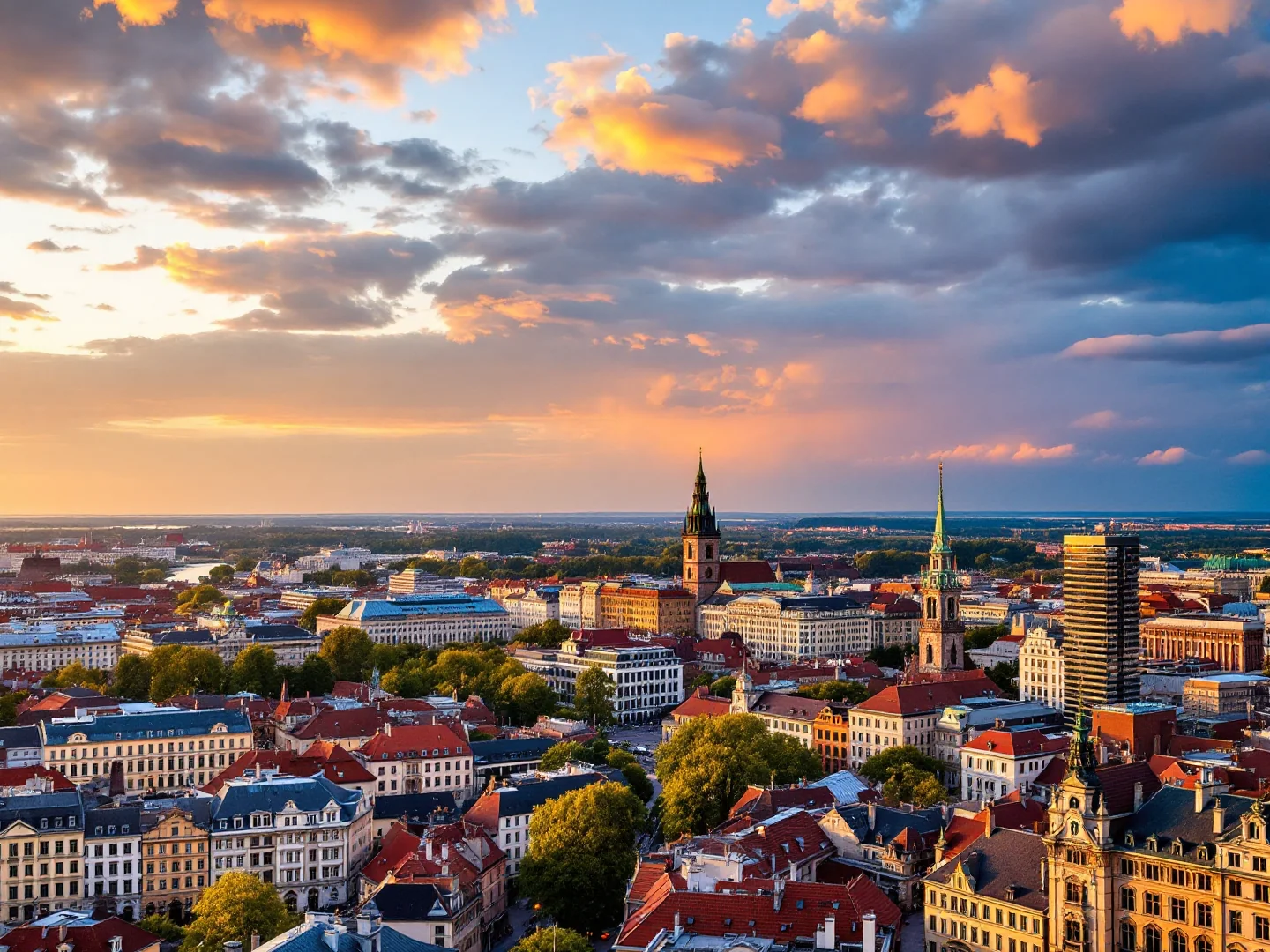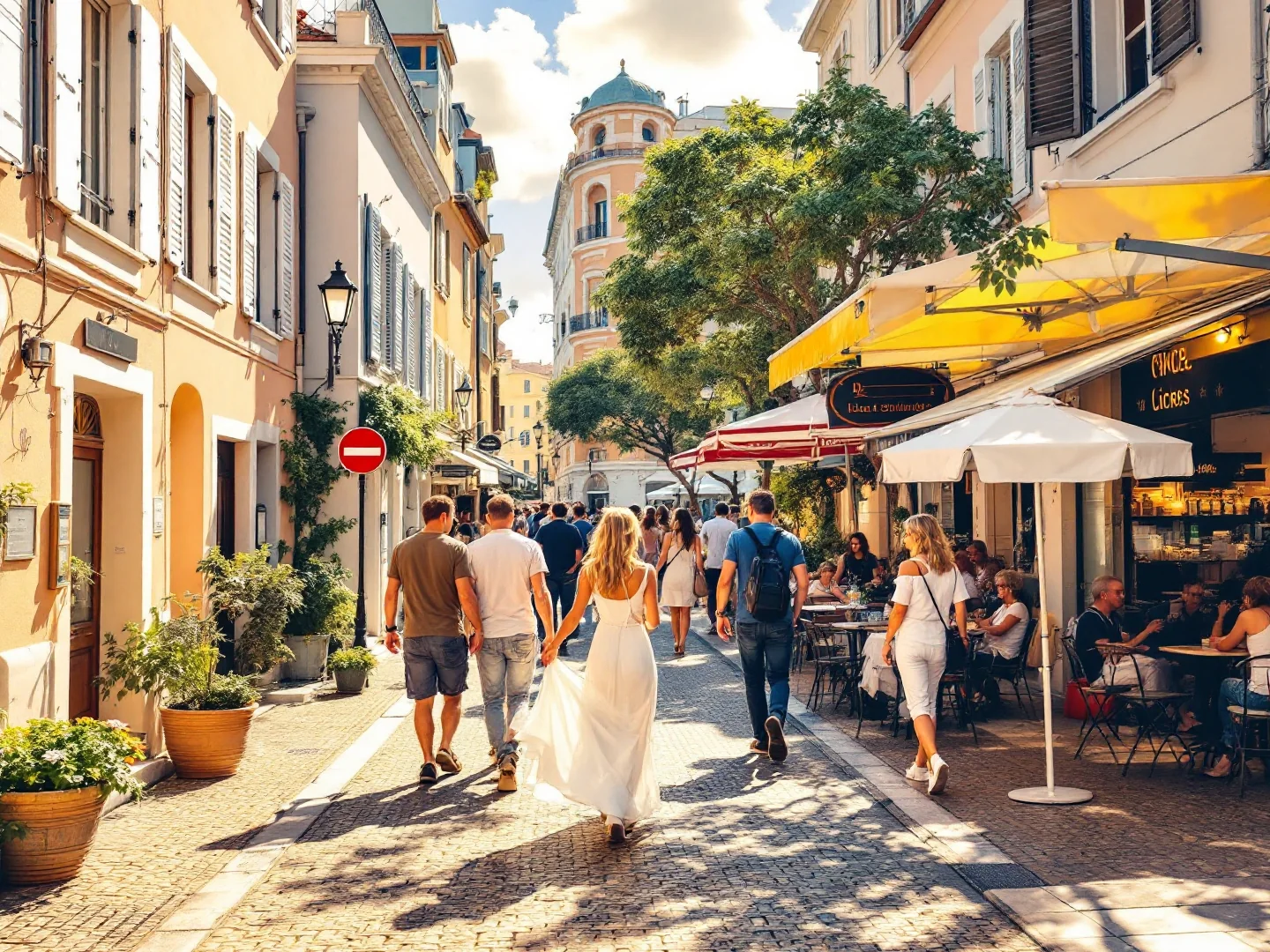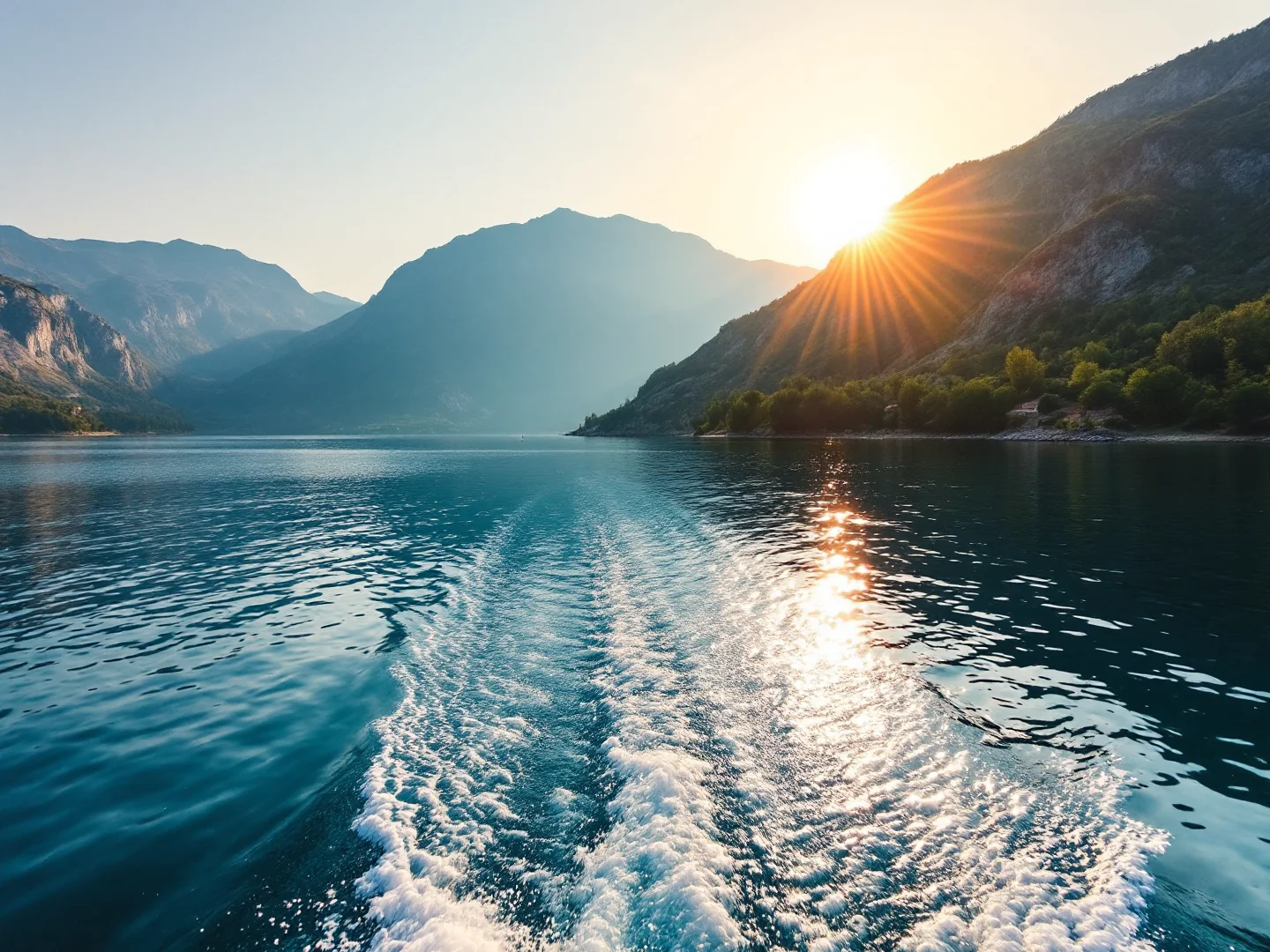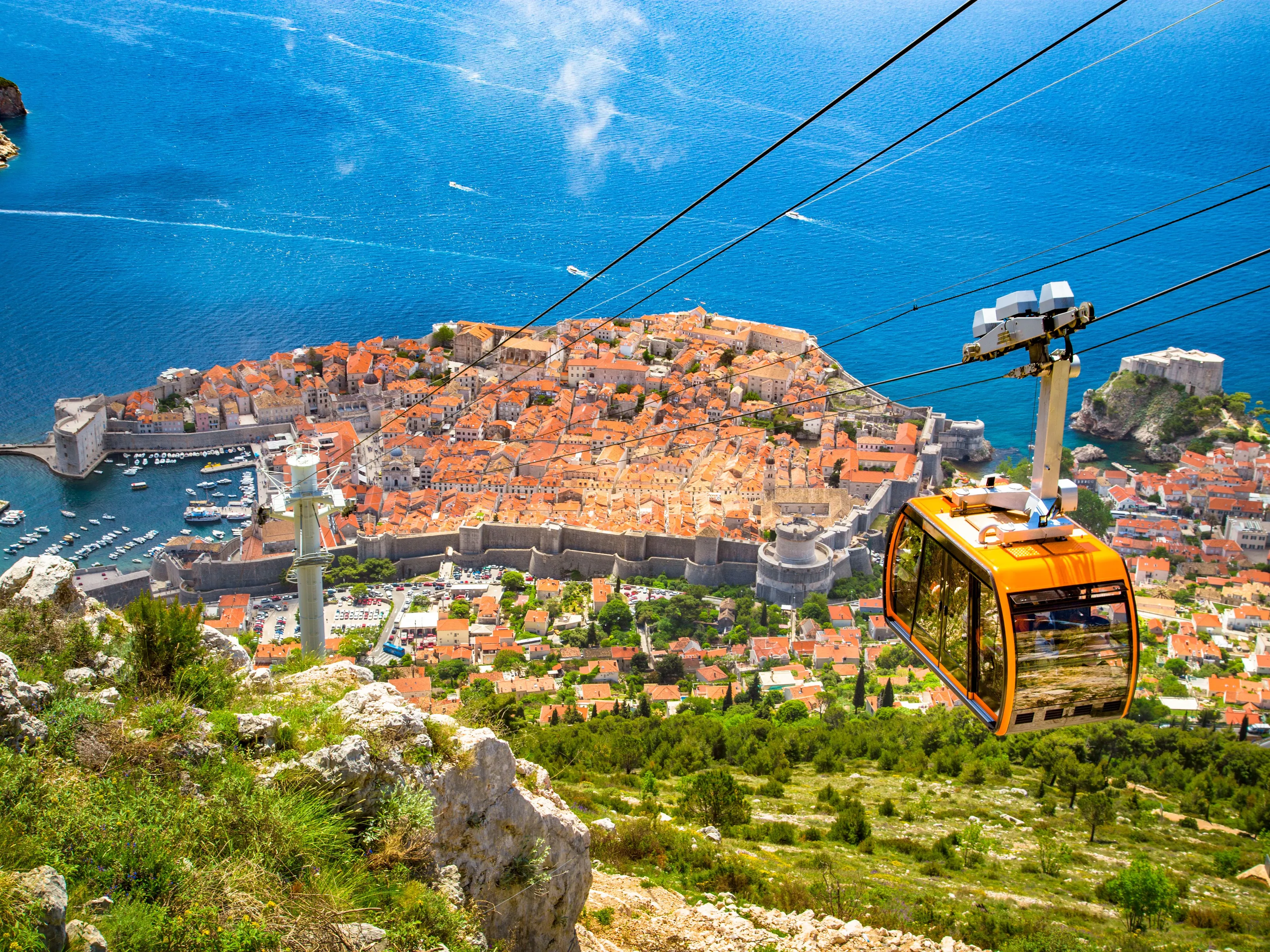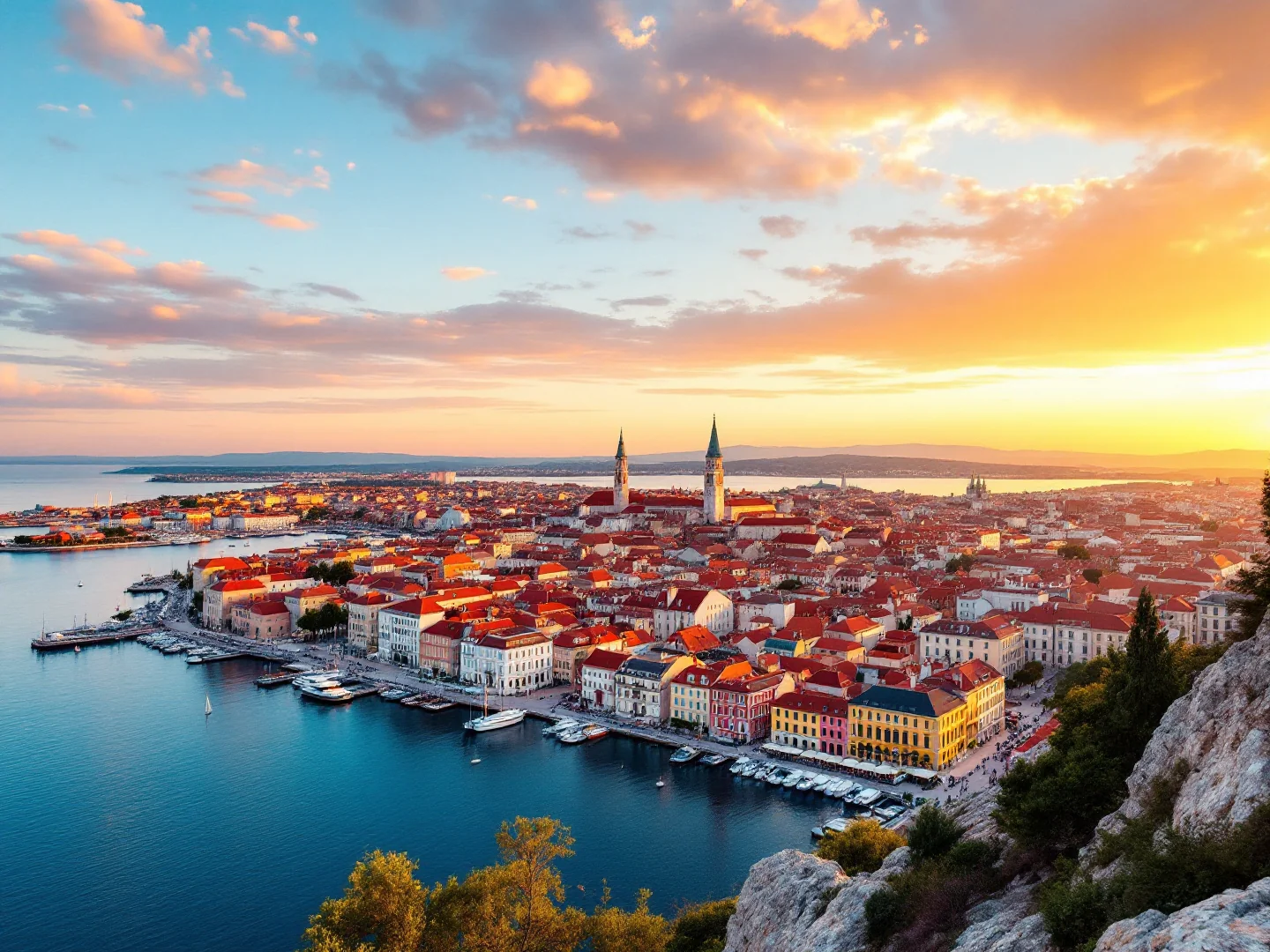Why Visit Split?
Split thrives as Croatia's second-largest city and the beating heart of Dalmatia, where a 1,700-year-old Roman emperor's palace forms the living core of a vibrant Mediterranean city still buzzing with markets, bars, and apartments within ancient walls. Diocletian's Palace isn't a museum—it's a neighborhood where 3,000 residents live, work, and socialize among Roman columns, medieval additions, and Venetian Gothic facades creating an architectural layer cake unique in the world. The palace basement (Podrumi) preserves original Roman halls, while the Peristyle square's monumental columns frame cafés where locals sip morning kava.
Beyond palace walls, the Riva waterfront promenade stretches along the harbor lined with palm trees, seafood restaurants, and ferries departing to Adriatic islands. Marjan Hill's forested park offers hiking trails, hidden beaches like Kašjuni, and sunset viewpoints above the terracotta roofs and azure Adriatic. Yet Split's soul lives in its neighborhoods—the Green Market (Pazar) overflows with Dalmatian prosciutto, island olive oil, and fresh fish, while Varoš district preserves authentic konobas (taverns) serving pašticada (slow-braised beef) away from tourist crowds.
The city serves as perfect base for island-hopping—ferries reach Hvar's lavender fields and party beaches, Brač's golden Zlatni Rat beach, Vis's untouched coves, and Korčula's medieval walls. Split's pebble beaches like Bačvice buzz with locals playing picigin (Dalmatian beach ball game). Visit May-June or September for warm swimming without July-August crush.
Split delivers Roman history, island access, and authentic Dalmatian living at affordable prices.
What to Do
Diocletian's Palace
Palace Basement & Peristyle
The underground cellars (Podrumi) preserve original Roman structure—entry around $9 for the paid section of the cellars (some peripheral parts are free to walk through), open 8am-9pm summer (shorter winter). The vaulted halls often host exhibitions and are notably cooler in summer heat. Above, the Peristyle square is the palace heart with monumental columns—free to walk, cafés charge premium for tables. Go early morning (7-8am) to photograph without crowds. The square regularly hosts summer concerts and festivals.
Cathedral of St. Domnius & Bell Tower
Built inside Diocletian's mausoleum—one of world's oldest Catholic cathedrals. Expect around $8–$16 for individual parts (Cathedral, bell tower, crypt, baptistery) or roughly $16 for a combined ticket covering the whole complex. Climb 183 narrow steps for panoramic Split views—not for claustrophobics. Tower closes during bad weather. Go morning or late afternoon for best light. The cathedral interior has intricate stonework and ancient Egyptian sphinx outside. Allow 1 hour for the complex.
Palace Exploration & Golden Gate
Wander the palace maze free—discover hidden courtyards, Roman walls, medieval chapels, and local apartments. Golden Gate (north entrance) has impressive scale and Grgur Ninski statue—locals rub his toe for luck. Explore early morning or evening when fewer tourists. The palace is about 30,000 square meters—easy to spend 2-3 hours wandering. Free walking tours depart from Peristyle 10:30am daily (tip-based).
Beaches & Marjan Hill
Marjan Hill Forest Park
Green lung of Split with hiking/biking trails, viewpoints, and hidden beaches. Free access 24/7. Climb the steps from Varoš district to Telegrin viewpoint (20 min) for panoramic city/sea views. Continue to Prva Vidilica café for sunset. Well-marked trails—buy map at tourist office or use Maps.me offline. Beaches below include Kašjuni (pebbles, quieter), Bene (family-friendly), and Obojena Svjetlost (locals' favorite). Bring water—limited facilities.
Bačvice Beach & Picigin
Split's main city beach, 10-minute walk from palace. Sandy bottom (rare in Croatia), shallow water, and home to picigin—uniquely Dalmatian ball game played in shallow water. Free beach access; loungers/umbrellas $11–$16/day. Beach bars and clubs get lively evenings. Very popular with locals, especially summer evenings. Showers and changing facilities available. Go morning for calmer atmosphere.
Island-Hopping (Hvar, Brač, Vis)
Ferry terminal next to Riva promenade. Jadrolinija ferries to Hvar Town (1 hour, $8–$16 depending on speed), Brač/Supetar (50 min, $5–$9), Vis (2.5 hours, $10). Catamarans faster but more expensive. Book ahead in peak summer (July-August). Day trips to Hvar work well—morning ferry, return evening. Brač has Zlatni Rat beach (Golden Horn). Vis is untouched and quieter. Ferry schedules reduce October-April.
Local Split
Green Market (Pazar)
Open-air market east of palace walls selling fresh produce, fish, Dalmatian prosciutto, cheese, lavender products, and olive oil. Open mornings daily (6am-2pm, busiest 8-10am). Free to browse. Locals shop here—prices fair but bargaining acceptable for larger purchases. Try island figs, pag cheese samples, and fresh fish direct from fishermen. Cash only. Atmospheric and authentic—perfect for picnic supplies or souvenirs.
Riva Promenade & Waterfront
The palm-lined waterfront promenade from ferry terminal to old town—heart of Split social life. Free to walk. Locals stroll evenings (5-9pm), meeting friends for kava (coffee). Restaurants line the waterfront but are tourist-priced—walk one street back for better value. Riva hosts events, concerts, and New Year celebrations. Best for people-watching with gelato or coffee. Sunset views toward Marjan Hill are lovely.
Varoš Neighborhood
Authentic residential district west of palace at Marjan's foot. Free to explore. Narrow stepped streets with local life—laundry hanging, neighborhood cats, and family-run konobas serving traditional Dalmatian food (pašticada, black risotto) at fair prices. Try Konoba Matejuška or Fife for authentic meals $11–$16 Less touristy than palace area. Walk here for sunset hike up Marjan stairs. Evenings feel very local.
Gallery
Travel Information
Getting There
- Airports: SPU
Best Time to Visit
May, June, July, August, September
Climate: Warm
Weather by Month
| Month | High | Low | Rainy days | Condition |
|---|---|---|---|---|
| January | 12°C | 3°C | 4 | Good |
| February | 13°C | 5°C | 5 | Good |
| March | 15°C | 7°C | 6 | Good |
| April | 19°C | 10°C | 4 | Good |
| May | 22°C | 14°C | 9 | Excellent (best) |
| June | 25°C | 17°C | 9 | Excellent (best) |
| July | 30°C | 20°C | 3 | Excellent (best) |
| August | 31°C | 22°C | 5 | Excellent (best) |
| September | 27°C | 18°C | 9 | Excellent (best) |
| October | 20°C | 12°C | 16 | Wet |
| November | 17°C | 9°C | 3 | Good |
| December | 13°C | 8°C | 18 | Wet |
Weather data: Open-Meteo Archive (2020-2024) • Open-Meteo.com (CC BY 4.0) • Historical avg. 2020–2024
Budget
Excludes flights
Visa Requirements
Schengen Area
💡 🌍 Traveler Tip (November 2025): Best time to visit: May, June, July, August, September.
Practical Information
Getting There
Split Airport (SPU) is 25km west. Airport buses to city cost $6 (40 min). Taxis $38–$43 Split is Croatia's ferry hub—routes to Hvar, Brač, Vis, Korčula islands. Buses serve Dubrovnik (4h30min), Zagreb (5-6h), Plitvice Lakes (4h). High-speed catamaran from Ancona, Italy (10hr overnight).
Getting Around
Split's palace and center are entirely walkable—palace to Bačvice beach is 15 minutes. Local buses serve suburbs and beaches ($2 single, $12 day pass). Island ferries depart from harbor next to Riva. Taxis cheap ($6–$11 short trips). Rent scooters for Marjan exploration. Avoid rental cars in city—parking difficult.
Money & Payments
Euro (EUR, Croatia adopted 2023). Cards accepted at hotels and established restaurants, but smaller konobas and markets prefer cash. ATMs widely available. Check a live rate (banking app/XE/Wise) for current EUR↔USD values. Tipping: round up or leave 10% in restaurants.
Language
Croatian is official. English widely spoken in hotels, restaurants, and by younger Croats. Italian also common due to proximity and tourism. Learning basics (Bok = hi, Hvala = thanks) is appreciated. Menus have English in tourist areas.
Cultural Tips
Lunch 12-3pm, dinner 6-11pm. Konobas serve traditional Dalmatian food—try black risotto, peka (baked meat/octopus), and pašticada. Fresh fish sold by kilo—ask for price first. Book island ferries ahead for summer. Swimming culture strong—beaches get busy. Respect siesta 2-5pm. Sunday mornings quiet. Book Game of Thrones tours if interested. Ferry schedules reduce October-April.
Perfect 3-Day Split Itinerary
Day 1: Palace & City
Day 2: Island Day Trip
Day 3: Beaches & Hills
Where to Stay in Split
Diocletian's Palace
Best for: Roman ruins, historic center, bars in basements, central staying
Riva/Waterfront
Best for: Promenade, cafés, ferry terminal, people-watching, sea views
Varoš
Best for: Authentic konobas, local life, residential calm, traditional atmosphere
Bačvice
Best for: Main city beach, picigin game, nightlife, sandy bottom, popular
Frequently Asked Questions
Do I need a visa to visit Split?
What is the best time to visit Split?
How much does a trip to Split cost per day?
Is Split safe for tourists?
What are the must-see attractions in Split?
Popular Activities
Top-rated tours and experiences in Split
Ready to Visit Split?
Book your flights, accommodation, and activities

